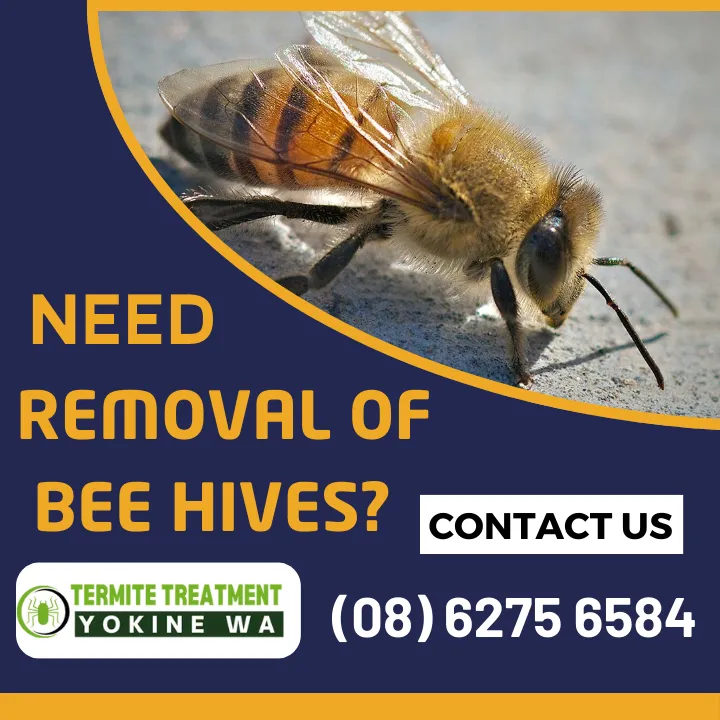
WHY BEES DIE AFTER STINGING
Did you know that some of the most social insects we have such as wasps, hornets, yellow jackets, and of course, bees all have a wide-arcing way to defend themselves? When they sting, they courageously sacrifice themselves to defend their colony from peril. It’s kind of an official trade-off: the insect knows it will die after stinging, but it’s all about protecting the rest of the hive. Isn’t that fascinating?
Now, let’s talk about a little thing called autonomy, which in this instance means a bee leaving its stinger behind. Female honeybees are the only ones who do this, leaving their venomous stingers in the foe. Carpenter bees and bumblebees also have smooth stingers, which keep them from getting stuck so that they can sting several times without consequence. Are they clever and nonchalant?
A bee can sometimes escape when it stings if its target is fine-skinned. But when they hit thicker skin, such as a human’s, the stinger gets stuck. It’s a little sad because when they fly away trying to go as far as they can, they can’t get it back out, and they die. But the venom sack that has been torn away still pumps poison for some time after the bee has left the scene behind, making their self-sacrifice that much sadder. You might even see a bee clinging to a flower in its death throes. Bittersweet sight, isn’t it?
So, why do bees sting if it’s a death sentence? It’s an instinct! Similarly to how we react to feeling threatened, bees react to protect themselves and their colony. It’s not only their brood, or brood food they’re protecting, it’s all the food sources they seek for their young and themselves. Also, when a bee stings, mat they release alarm pheromones that alert other bees and cause them to join in the defense. Teamwork sure does make a difference!
Only honeybees exhibit this kind of painful behavior. Other insects, such as hornets or wasps, have smooth stingers and can sting without harming themselves. They could even sting for the sheer fun of it what little rascals!
What to Do If You Get Stung
1. Here’s a quick reminder: if you’ve been stung, let someone know and get medical attention if necessary.
2.If you have an allergy to bee stings, keep your guard up and inform those around you.
3. Make sure to get rid of the stinger as soon as possible after you’ve been stung. It will inject more venom the longer it remains in. 4.You can do this with your fingers or a flat object. To maintain it safe and clean, clean the area with soap and water.
5. Afterward, a cold compress can help with the redness or swelling.
6.Even though bee stings hurt because of a chemical known as melittin that causes pain receptors to activate, we must remain aware that some people are extremely allergic and should seek medical attention immediately.
Bees are essential to our ecosystem and play a huge role in pollinating many of our food crops. Without them, we’d face some serious challenges. So let’s appreciate these little heroes and their hard work.
We offer a chemical-free bee treatment which safely removes the bees and their hives.
Elite Termite Treatment Yokine offers all pest control services in Yokine and its surroundings. Feel free to contact us at (08) 6275 6584 or visit our website:
https://elitetermitetreatment.com.au
